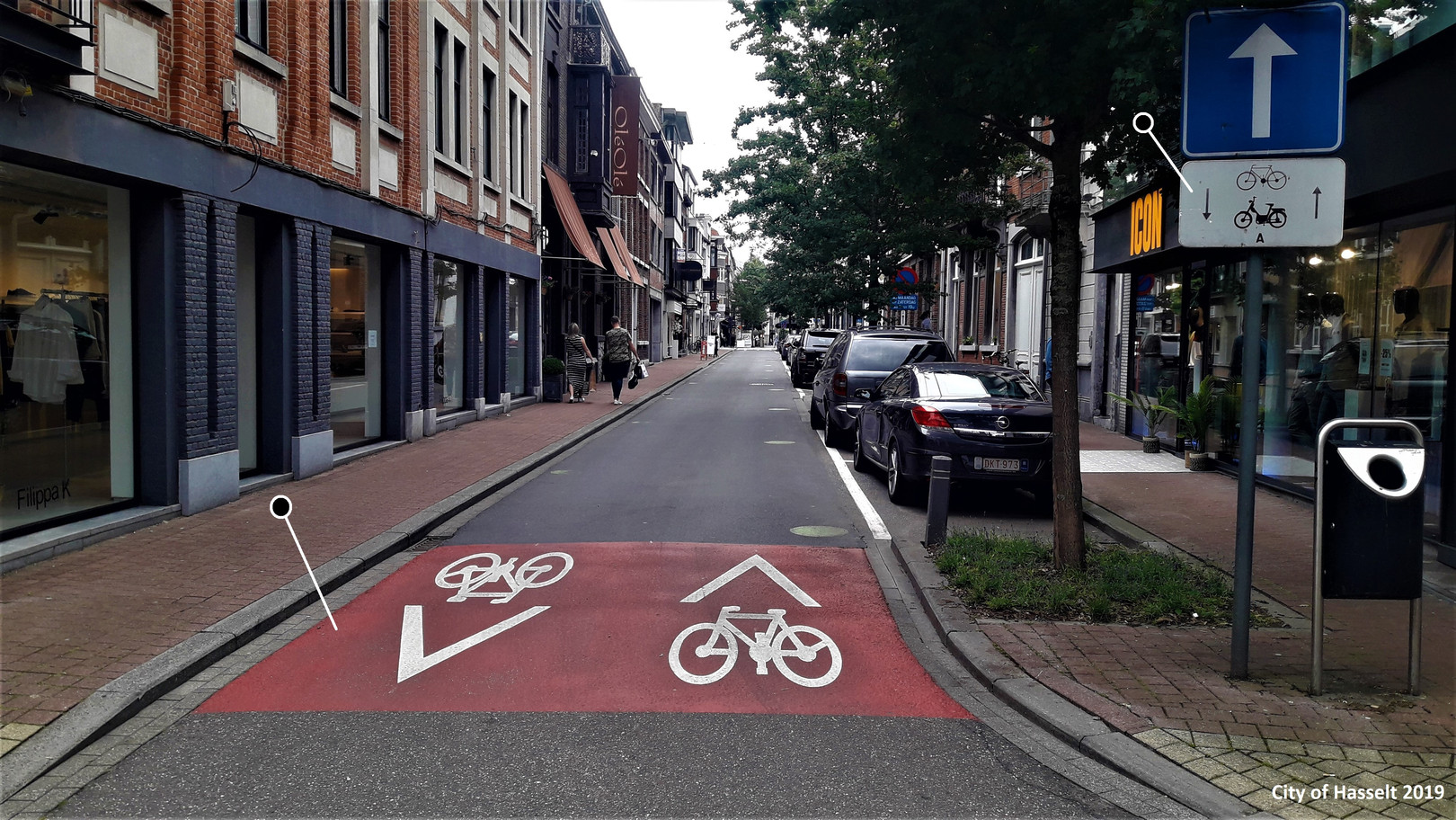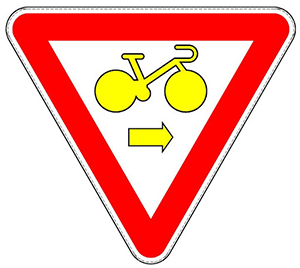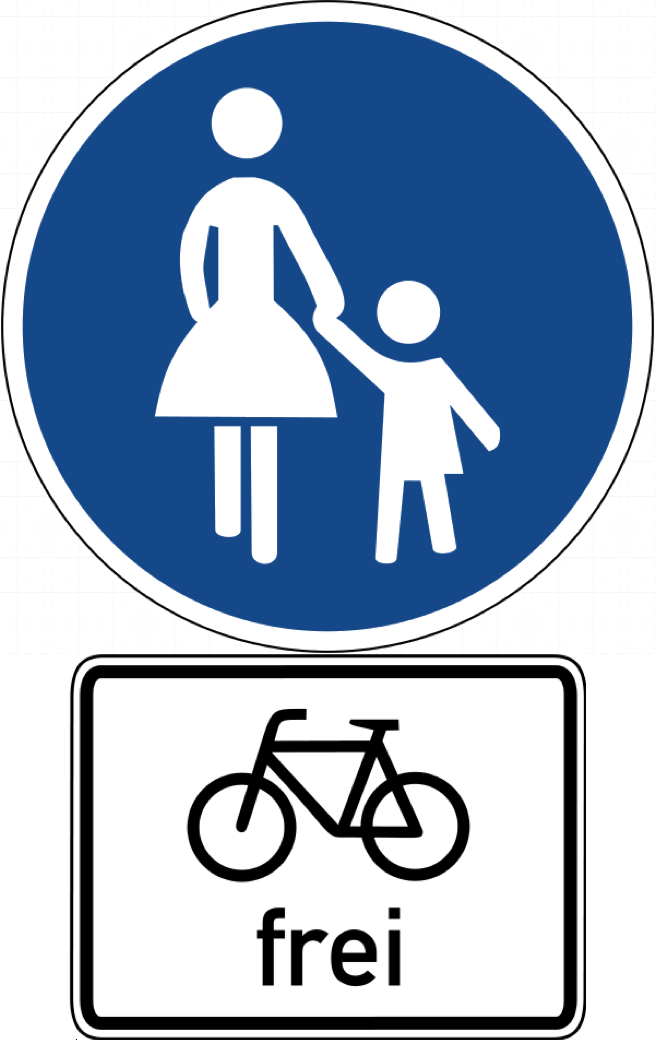
National legislation, the cornerstone for boosting cycling infrastructure
Cycling is traditionally perceived as a local issue. However, higher-level legislation, in particular national regulations on signs and signals, can significantly affect how easy (or difficult) it is for local authorities to provide coherent, safe, direct, comfortable and attractive cycling infrastructure. In the framework of the MORE project, ECF analysed the national legislations of 11 European countries and its impact on cycling infrastructure developments.
What types of cycle infrastructure are common throughout Europe, which are unique for specific countries and where are the best practices implemented? With the help of Sciences Po, also partners of the MORE project, we have compared the legislation of 11 European countries to understand what differences exist in the different approaches to regulating cycling. Our analysis looked at the definitions, signage, rules applying to road users (obligations/prohibitions for different groups of users) and to public administrations in Belgium, Croatia, Germany, Hungary, Italy, Luxembourg, Poland, Portugal, Slovenia, Spain and UK. For selected solutions we also took a look at regulations in Austria, Denmark, France, Norway, the Netherlands, Romania and Switzerland.
Common elements: cycle tracks and cycle lanes
There are several elements of cycle infrastructure that seems to be rather unified across the different Member States. The common elements reflected in the Vienna Convention on Road Traffic are cycle tracks, defined as an independent road or part of a road designated for cycles, and cycle lanes, which means a part of a carriageway designated for cycles. A cycle lane is distinguished from the rest of the carriageway by longitudinal road markings.
However, in the 50 years since the adoption of the conventions, new forms of cycle infrastructure have been developed, and for these forms there seem to be some similarities, stemming from a common idea, but the legal regulations vary significantly.
New cycle infrastructure and best practices
| Cycle streets represent a recent trend in Northern Europe, particularly in Germany and the Benelux. These are streets where (selected) other vehicles are permitted but cycling is somehow prioritised. The commonly repeating elements are speed limit of 30 km/h and permission to cycle side-by-side, but for example Luxembourg and Belgium also included a prohibition for car-drivers to overtake cyclists. |  |
|
Contraflow cycling allows a street that is one-way for cars to be used for cycling in both directions. These streets might be too narrow for two cars to pass each other, but still wide enough for a car and a bicycle. Belgium represents the best practice on contraflow regulations: it does not only allow, but in most cases obliges the road administration to add an exception for cyclists unless there is a justified reason not to. |
 |
|
Cycling in bus lanes is also common in a few EU countries. German administrative regulations can be considered the best practice, by addressing the critical cycling safety issue related to bus lanes, by making it obligatory to include an exception for cyclists if there is no dedicated cycle track or lane and the lack of exception would oblige cyclists to ride between the busses and private cars. |
 |
| Exemptions from traffic lights are usually plates located under traffic lights, informing that when travelling in a specific direction, the cyclist can cross the intersection on red light, on the condition of yielding to perpendicular traffic and pedestrians. France leads the way in this area with all directions and combinations possible. |  |
| Several countries permit or even oblige children until a certain age to cycle on the sidewalks. The most common age threshold is set at 10 years old but some countries like Poland also allow adults to cycle on the sidewalks if the speed limit on the carriageway is higher than 50 km/h and the sidewalk is at least 2 m wide, or in case of extreme weather conditions. |  |
Good legislation leads to good infrastructure
Countries with a multitude of cycle infrastructure solutions recognise the diversity of cycle users, with different speeds, skill levels and psychophysiological capabilities – e.g. kids still learning to ride, parents travelling with kids, road cyclists, elderly on pedelecs. Each of these groups has slightly different needs. Countries that improved their legislative framework to accommodate space and cost-efficient solutions addressing the whole range of needs, allowed cities to quickly improve conditions for cycling, which lead to increase in the number of cyclists, and in turn – the political will to invest also in “heavier”, more expensive types of cycling infrastructure.
Good legislation encourages local authorities to build a coherent cycling network. This is particularly important at this time of cycling boom.
Regions:
Contact the author
Recent news!
Upcoming events
Contact Us
Avenue des Arts, 7-8
Postal address: Rue de la Charité, 22
1210 Brussels, Belgium









